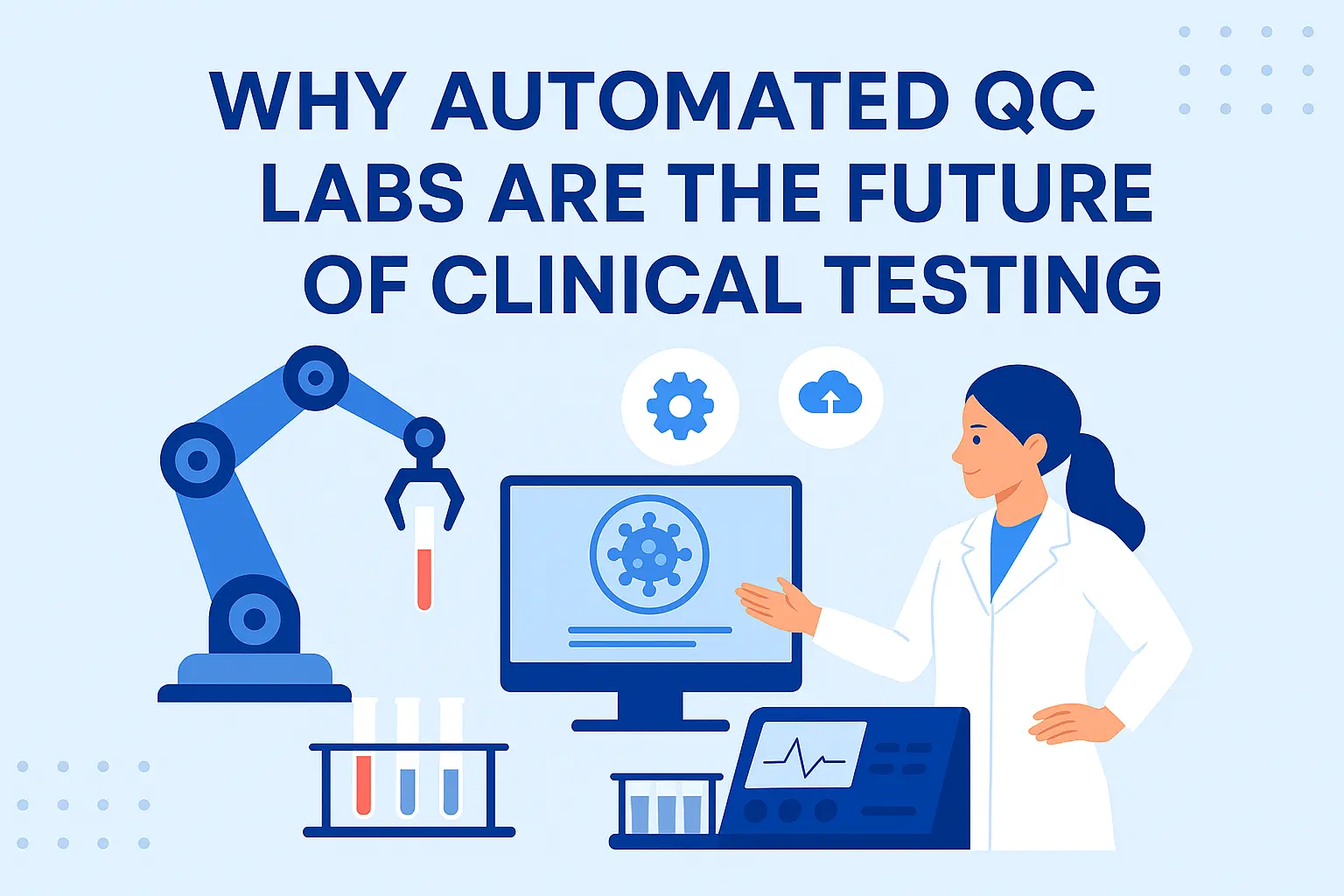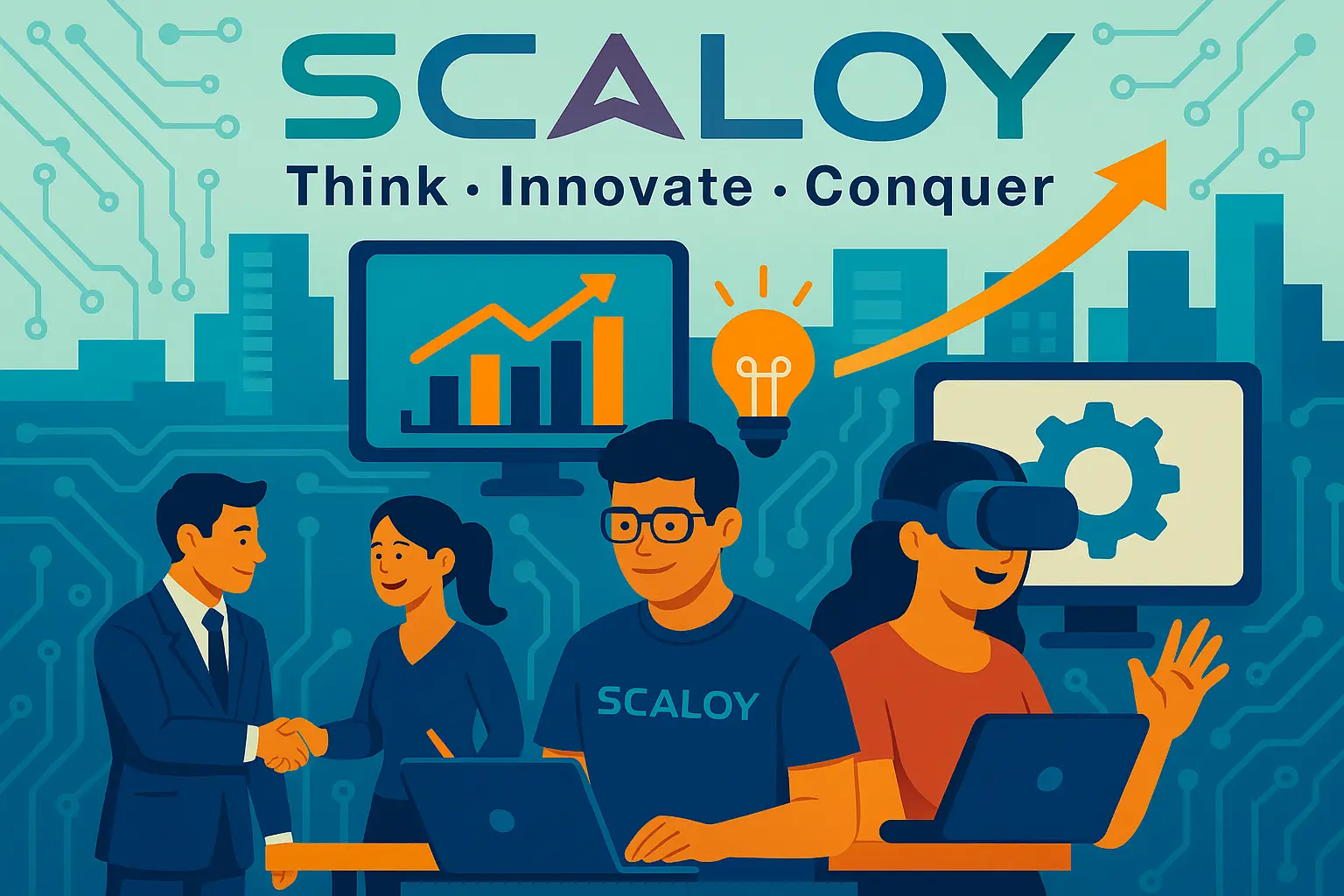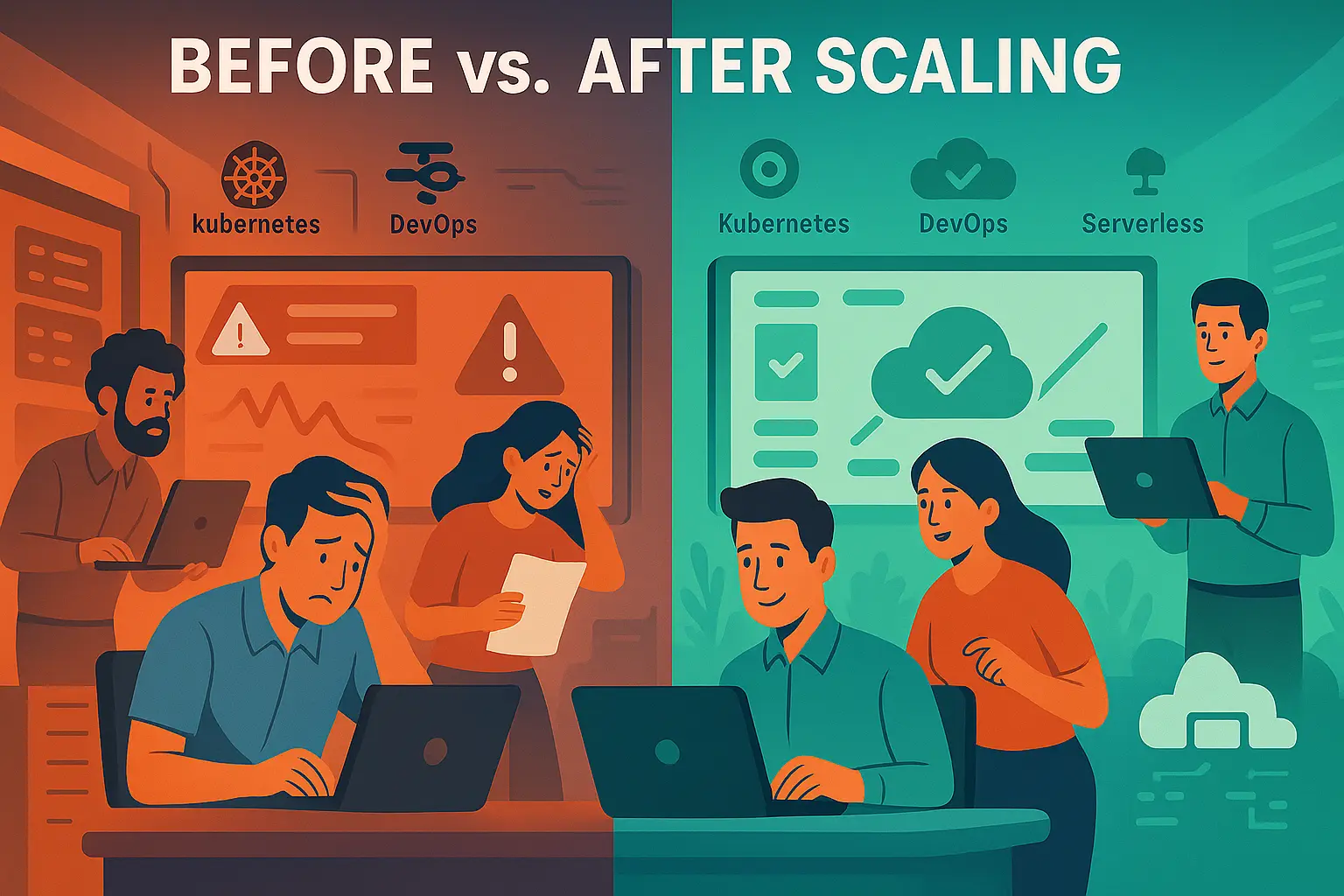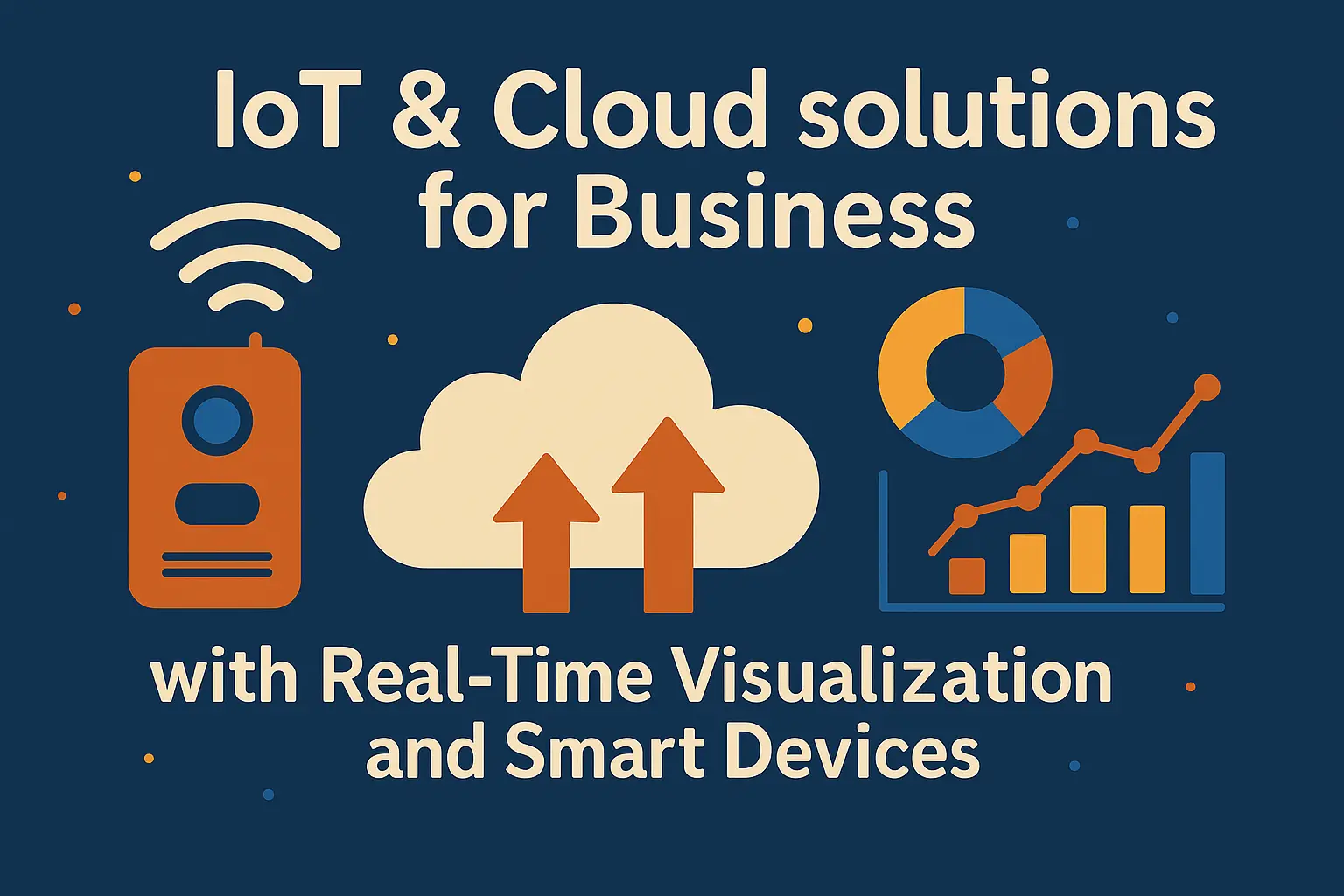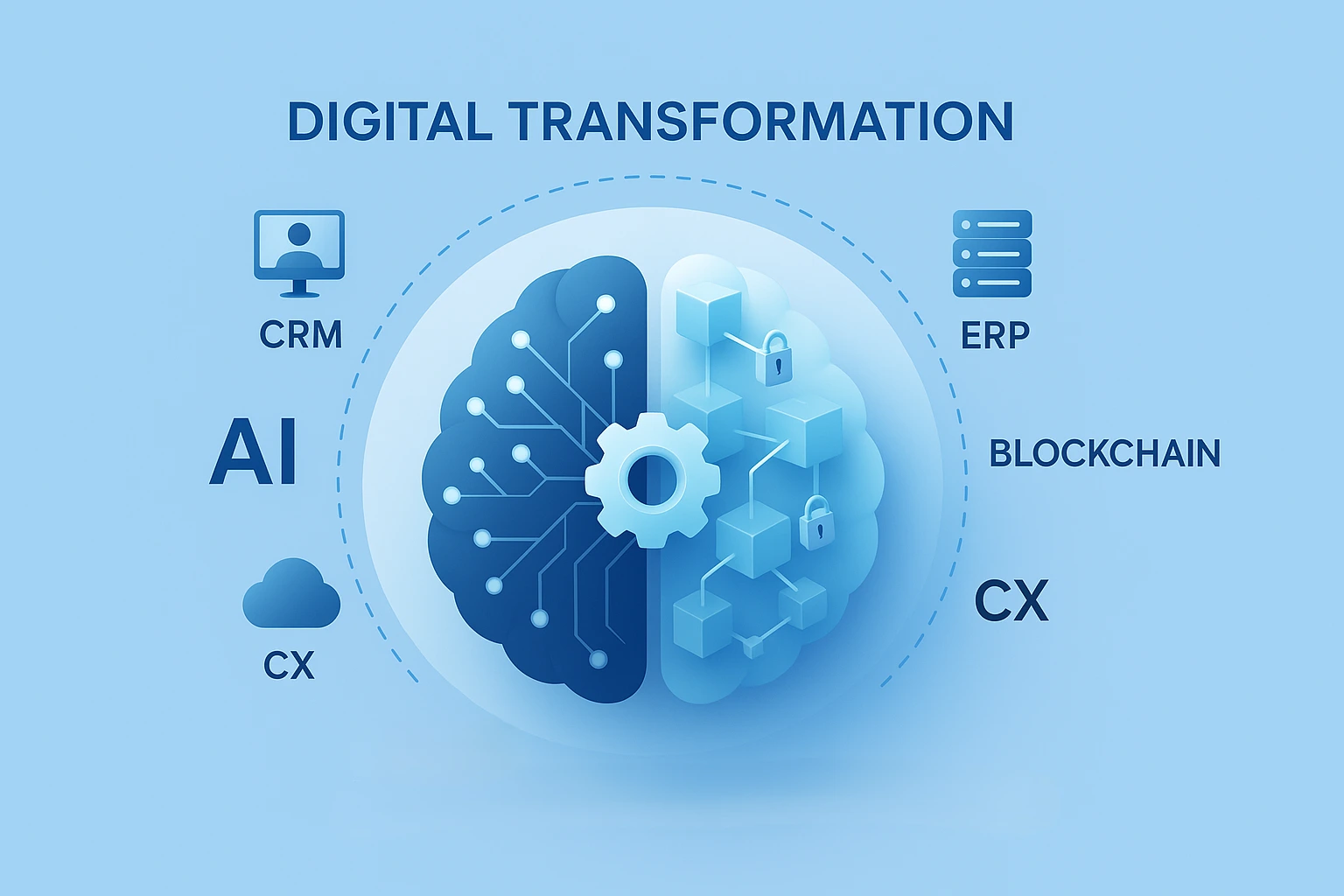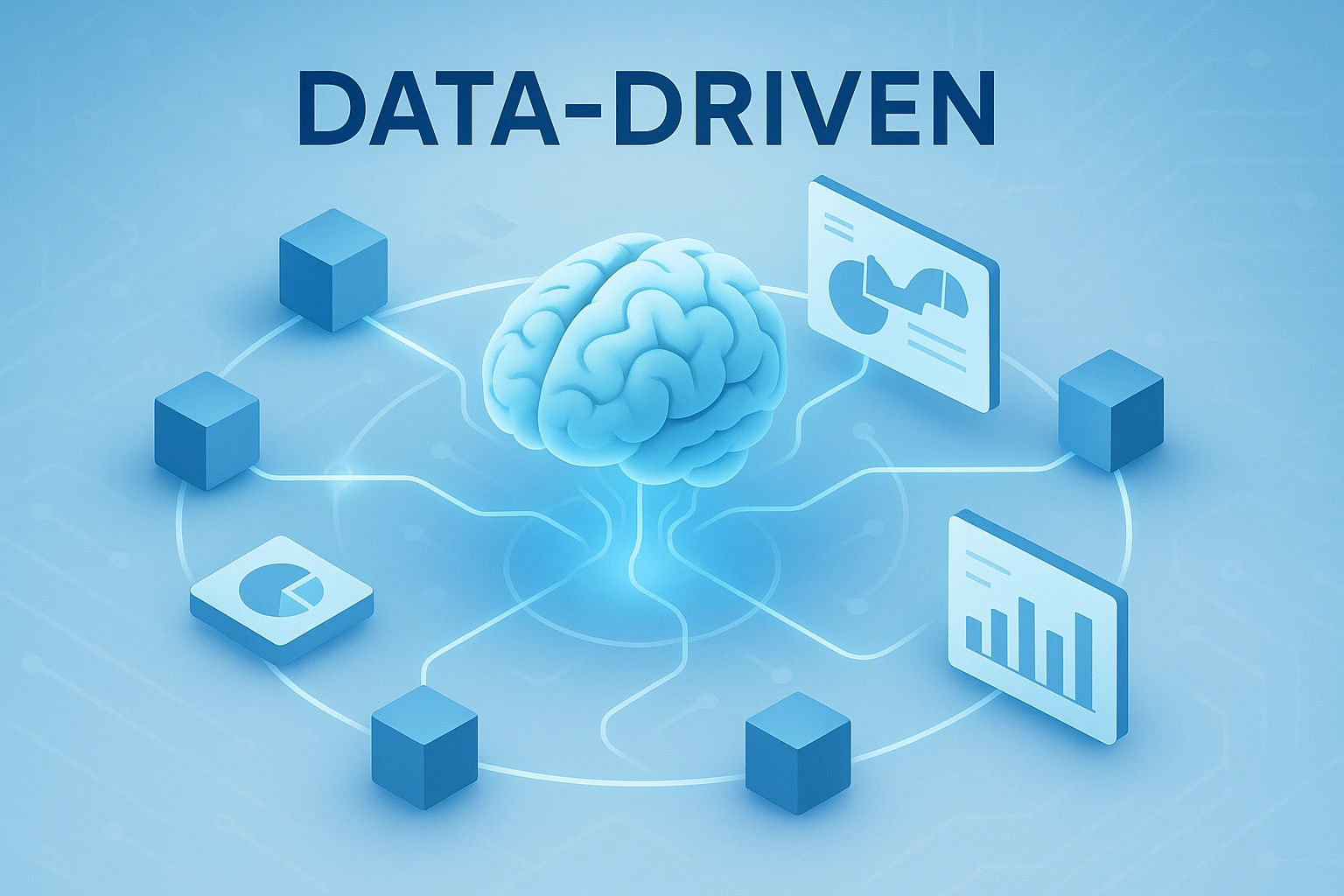Post By

RPA
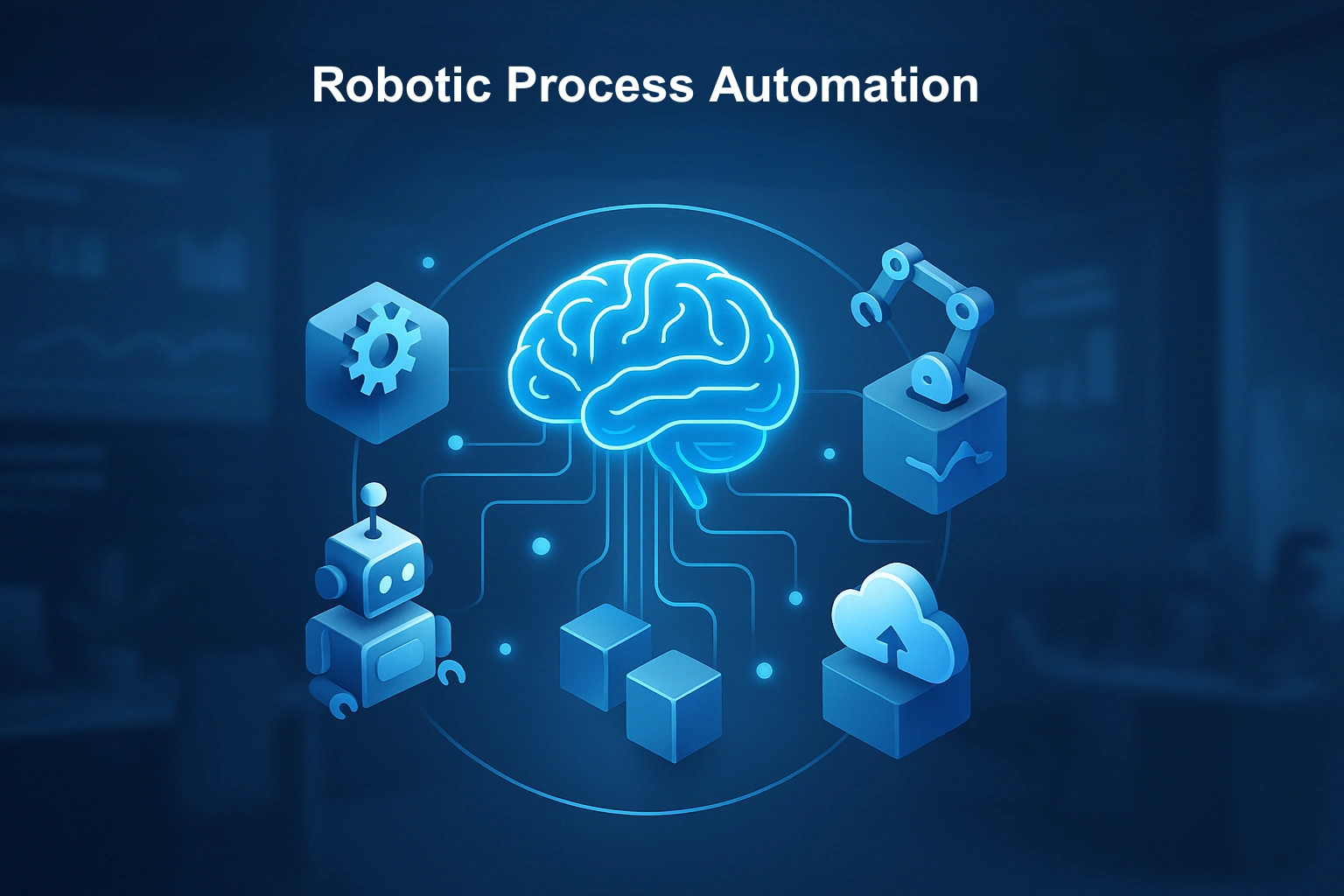
In today’s fast-paced business world, speed, precision, and innovation define success. Robotic Process Automation (RPA) has rapidly evolved from a trending buzzword into a cornerstone of enterprise transformation. More than just a cost-saving tool, RPA enables businesses to operate smarter, faster, and more efficiently while freeing employees to focus on strategic and creative tasks. At Scaloy, we deliver enterprise-grade RPA solutions that go beyond simple task automation. By combining AI, analytics, and hyper-automation, we help businesses unlock new levels of productivity. This blog explores the current state of RPA, key trends shaping its future, the best tools available in 2025, and a stepwise guide to successful implementation. Over the past five years, the RPA industry has grown exponentially, valued at more than $3.5 billion in 2024 and projected to exceed $10 billion by 2027. From banking to healthcare, enterprises are investing heavily in RPA to eliminate bottlenecks, improve compliance, and streamline workflows. Companies that implement RPA often report: RPA is not about replacing people — it is about empowering them to focus on innovation and problem-solving while bots handle repetitive, rules-based tasks. As we step into 2025, the future of RPA is shaped by integration with AI, expansion into hyper-automation, and accessible low-code tools. Key trends include: Choosing the right RPA tool is crucial for long-term success. Leading vendors in 2025 include: Today’s top tools extend beyond basic automation, offering analytics, AI modules, multi-environment support, and seamless integration with CRMs, ERPs, and legacy systems. A successful RPA program requires careful planning and execution. Scaloy guides organizations through these essential steps: Common applications include invoice processing, HR onboarding, report generation, and supply chain updates — freeing employees to focus on value-driven work. Organizations that adopt RPA experience measurable improvements in cost, efficiency, and compliance: Many enterprises report cost reductions of up to 40% and processing time reductions of over 60% after implementing RPA-driven workflows. Scaloy partners with enterprises to ensure RPA delivers real business outcomes. Our approach includes: Looking ahead, RPA will move from task automation to predictive, collaborative, and intelligent systems: Robotic Process Automation is not just a tactical tool; it is a strategic enabler of digital transformation. As AI integration, hyper-automation, and low-code platforms redefine automation, RPA will help enterprises achieve agility, compliance, and innovation at scale. With Scaloy’s tailored implementation and support, businesses can confidently embrace the future of automation and unlock sustainable growth.
The Current State of the RPA Industry
RPA Trends to Watch in 2025 and Beyond
Top RPA Software Solutions in 2025
Strategic Implementation of RPA in Enterprises
Key Business Benefits of RPA Adoption
How Scaloy Enables RPA Success
The Future of RPA
Conclusion
Which industries benefit the most from RPA?
Banking, insurance, retail, healthcare, and logistics see the greatest benefits from RPA because they rely heavily on repetitive, rules-based tasks that can be automated for efficiency.
How does AI enhance RPA?
AI enhances RPA by enabling bots to process unstructured data, make context-aware decisions, and continuously improve through machine learning, creating intelligent automation workflows.
What are the leading RPA tools in 2025?
UiPath, Automation Anywhere, Blue Prism, and Microsoft Power Automate dominate the market in 2025, offering scalability, AI integration, and strong system compatibility.
Is RPA suitable for small businesses?
Yes. With low-code and no-code platforms, small businesses can easily automate tasks such as invoicing, reporting, and customer service without extensive IT resources.
What is the difference between RPA and hyper-automation?
RPA automates repetitive tasks, while hyper-automation combines RPA with AI, ML, and analytics to automate entire workflows and decision-making processes across systems.
How does Scaloy implement RPA for enterprises?
Scaloy conducts workflow audits, selects the right tools, integrates bots with systems, enables AI-powered automation, and provides training and support for long-term success.
What tasks are ideal for RPA automation?
High-volume, repetitive, and rules-based tasks such as invoice processing, HR onboarding, compliance reporting, and data migration are ideal for RPA automation.
How much cost savings can RPA deliver?
Enterprises report cost savings of up to 40% and time savings of over 60% by automating repetitive processes with RPA solutions.
What is the future of RPA beyond 2025?
RPA will evolve into predictive automation, human-bot collaboration, and end-to-end digital operations, becoming central to enterprise digital transformation strategies.
Can RPA improve employee satisfaction?
Yes. By eliminating repetitive tasks, RPA enables employees to focus on creative, strategic work, leading to higher job satisfaction and productivity.

Discover our other blogs.
Automated QC
Speed, accuracy, and efficiency are critical in the rapidly evolving field of diagnostics and...

Yash Patel
Jul 10, 2025
Scaloy Success Stories
In today’s dynamic corporate environment, embracing the right technology is no longer o...

Ankit Patel
Jun 20, 2025
Scalability
In the ever-accelerating digital era, where speed, resilience, and adaptability are more than...

Vasu Patel
Jun 1, 2025
IOT Takeover
Imagine receiving care, diagnosis, and monitoring from a network of intelligent medical devic...

Ishita Choudhury
Apr 23, 2025
IOT In Healthcare
The healthcare industry is undergoing a paradigm shift. Rising demands, growing costs, and th...

Noah Fischer
Apr 6, 2025
IOT
In today’s digital-first economy, businesses are under increasing pressure to process m...

Emma Williams
Mar 20, 2025
Digital Transformation
In an era of accelerating change, digital transformation is no longer a choice but a necessit...

Siddharth Nair
Mar 3, 2025
Data Driven Strategies
In today’s hypercompetitive digital economy, data has become more than just information...

Liam Johnson
Feb 17, 2025
Cloud Native Healthcare
The healthcare industry is experiencing rapid digital acceleration. From electronic health re...

Kavya Iyer
Jan 31, 2025
Cyber Security
As digital transformation accelerates, organizations across industries are under pressure to ...

Sophia Martinez
Jan 15, 2025

